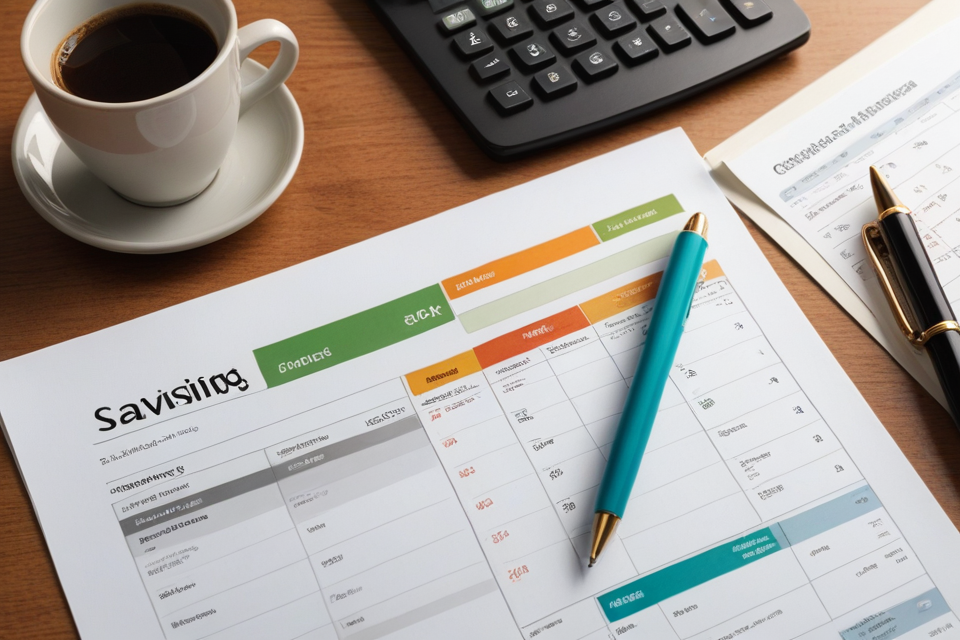Planning for a major purchase, whether it’s a new car, home, or a significant investment, requires careful budgeting and strategic financial planning. By setting clear goals, understanding your financial situation, and following a structured approach, you can make informed decisions and ensure you’re financially prepared for the purchase.
In this blog, we’ll explore the essential steps to effectively budget for a major purchase, helping you achieve your financial goals without compromising your financial stability.
1. Define Your Major Purchase
Before you start budgeting, clearly define the major purchase you’re planning for.
- Specify the Item: Determine exactly what you want to buy, such as a new car, home, or expensive electronics. Research the item to understand its cost, features, and any additional expenses involved.
- Estimate the Total Cost: Include not just the purchase price but also any associated costs like taxes, insurance, maintenance, and potential upgrades.
2. Assess Your Financial Situation
Understanding your current financial status is crucial for effective budgeting.
- Review Your Income: Calculate your total monthly income, including salary, bonuses, and any other sources of revenue.
- Analyze Your Expenses: Track your current monthly expenses, separating them into fixed (rent, utilities) and variable (entertainment, dining out) categories.
- Evaluate Savings and Debts: Assess your existing savings and any outstanding debts. Consider how these will impact your ability to save for the major purchase.
3. Set a Realistic Budget
Create a budget that aligns with your financial situation and your goal for the major purchase.
- Determine the Savings Goal: Based on the total estimated cost of the purchase, set a savings goal. Decide how much you need to save each month to reach this goal within your desired timeframe.
- Create a Savings Plan: Allocate a portion of your monthly income to your savings goal. Adjust other expenses and consider ways to increase your savings, such as reducing discretionary spending or finding additional sources of income.
4. Explore Financing Options
If saving the full amount upfront isn’t feasible, explore financing options that fit within your budget.
- Research Loan Options: Investigate different loan products, such as personal loans, car loans, or mortgages, depending on your purchase. Compare interest rates, terms, and repayment plans.
- Consider Down Payments: Determine how much you can afford to put down as a down payment. A larger down payment can reduce your loan amount and lower monthly payments.
- Understand the Terms: Carefully review the terms and conditions of any financing option, including interest rates, fees, and repayment schedules. Ensure the monthly payments fit comfortably within your budget.
5. Track Your Progress
Monitoring your savings progress helps keep you on track and motivated.
- Use Budgeting Tools: Utilize budgeting apps or tools to track your savings progress and adjust your budget as needed. Many apps offer features to set savings goals and monitor your financial progress.
- Review Regularly: Periodically review your budget and financial situation to ensure you’re staying on track. Make adjustments if necessary to accommodate changes in your income or expenses.
6. Prepare for Additional Costs
Account for potential additional costs that might arise with your major purchase.
- Plan for Maintenance and Upgrades: Consider future expenses related to maintenance, upgrades, or service costs. For example, a new car may require regular maintenance, while a home may need repairs or renovations.
- Factor in Insurance: Include insurance costs in your budget. For a car, this might include auto insurance, while a home will require homeowners insurance.
7. Make the Purchase
When you’re ready to make the purchase, ensure that you’re fully prepared financially.
- Verify Your Budget: Double-check your budget and ensure that you have the necessary funds or financing in place.
- Shop Around: Compare prices and options to ensure you’re getting the best deal on your major purchase.
- Review the Contract: Carefully review the purchase contract or agreement before finalizing the transaction. Ensure that all terms and conditions are understood and agreed upon.
8. Maintain Financial Health Post-Purchase
After completing your major purchase, focus on maintaining your financial health.
- Update Your Budget: Adjust your budget to reflect any changes in your financial situation resulting from the purchase, such as new loan payments or increased expenses.
- Continue Saving: Keep saving for future goals and maintain an emergency fund to manage any unexpected expenses that may arise.

